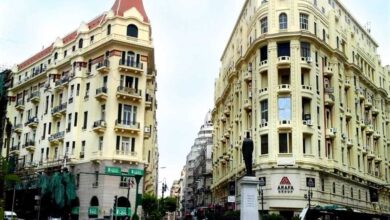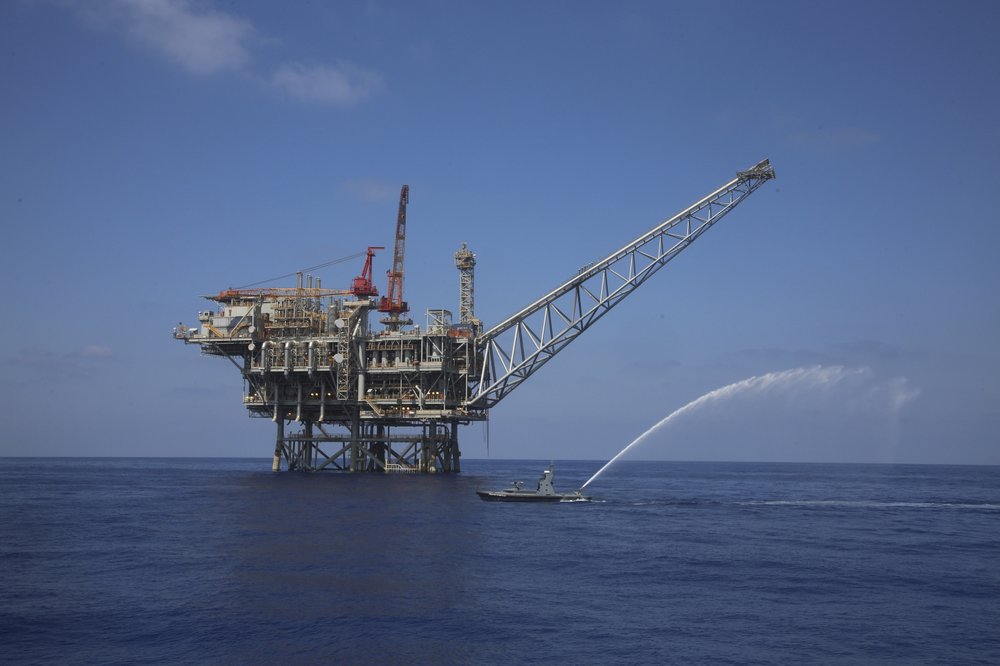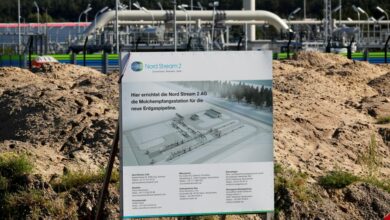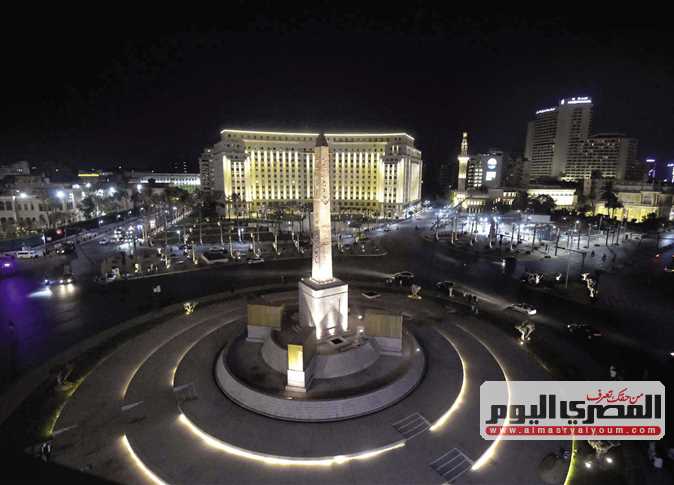One needs to pay close attention to notice the presence of the nearby Bab el-Luq market while standing in Cairo’s Falaki Square. The vast edifice of brick and metal is nearly a century old, as it was inaugurated and opened to the public on 1 May 1912.
Joseph Aslan Cattaui, a member of a prominent Egyptian Jewish family, discovered “modern” European-style markets while studying engineering in France in the 1880s. He became a firm believer that every major city in Egypt needed a proper marketplace.
In 1911, Cattaui, who would later become a well-known politician, initiated the “League of Central Halls of Egypt.” The league picked a 6200 square meter plot Downtown on which to construct a large marketplace in the capital, matched only by the Ataba market which was completed in the late 1890s.
The Bab el-Luq market was opened in 1912. Situated in the new quarters of the city and easily accessible from the Helwan railway station, it attracted wealthy clientele, both foreign and local. Sanitary standards were high: The marketplace was cleaned three times a day, a well-designed ventilation system was installed, and cold rooms were introduced to preserve perishables. Bab el-Luq quickly became a commercial hub in the heart of the city. Walking inside, one can easily imagine the shimmering colors and chaotic sounds that this vivid market space once housed.
Almost 100 years have passed since the Bab el-Luq’s glorious opening, but its general condition today is alarming. The old ventilation system has been replaced by the chipped glass of high windows while the premises was probably last cleaned in the 1980s.
The 24-meter-high arched iron structure covered by metal sheets is still architecturally impressive; it covers the lively market space filled with shops and garbage.
On the high rooftops, one can discern interesting objects such as dusty car bumpers, empty cardboard boxes, a sleepy cat, and an old clothesline on which a couple of trousers hang to dry.
On the ground, customers can find fruits, vegetables, meat, fish, spices and a wide range of cleaning products. Ahmed, a 70-year-old vegetable seller, explains that “the fruits and vegetables are delivered every morning at 8 AM by red cars that supply every market in town. Everything comes from Souk el-Obour on the Suez Road.”
The first, second and third floors consist of corridors encircling and overlooking the marketplace. To reach these dark and derelict floors where badly-lit and narrow workshops are gathered, one needs to climb one of four staircases outside.
Once on top, the sight is quite depressing. Old lampshades dangle from the roof, blanketed in dust accumulate over the years, while the pale lights of the few workshops still in operation cast trembling shadows on the dirty floor.
There are three main activities in these workshops: shoe-making, bag-making and tailoring. High piles of empty shoe-boxes appear in the corridor, and men can be observed cutting leather and handling wooden tools of various sizes. A few meters away, two men are gluing together leather pieces in a handbag workshop.
Zakaria Ahmed Salah has been working here for the past 20 years and recalls the market’s transformation. “The tramway used to pass right in front of the market, and even people from Helwan used to shop here…it was when the railway track was removed that the market started its slow deprivation,” he explains while brushing the leather pieces with glue.
Since Salah started working here, he has been paying a monthly rent of LE70 and earns around LE200 and LE250 a week, which he describes as “more or less the same as the other workers in the market.” Pointing out that there is no central electricity on the premises, which covers an area of four acres, Salah suddenly darkens.
“In 2012 the market will be a 100 years old and I fear that the High Council of Antiquities may claim authority over it. They may turn Bab el-Luq market into a museum or something of the sort. I am afraid to transfer my activities somewhere else.”
Salah is already considering moving his workshop to Medinat Badr.
The future looks rather gloomy for this marketplace, once renowned for its tidiness and appeal to wealthy shoppers looking for fresh premium products. Today, customers are noticeably less affluent and much fewer in number. Many shops are vacant.
“There are not enough costumers and not enough sellers for the marketplace to work properly,” an old man says wistfully, sitting on a plastic chair and pointing his finger at the surroundings. “Only a third of the shops are occupied…nobody wants to rent a shop here anymore, it does not bring enough money.”
Though Bab el-Luq is no longer an abounding source of fortunes for merchants, the marketplace remains a testament to the history of Downtown Cairo’s vibrant commercial activity. Its contemporary decay raises real questions about the new face of Cairene commerce today.




